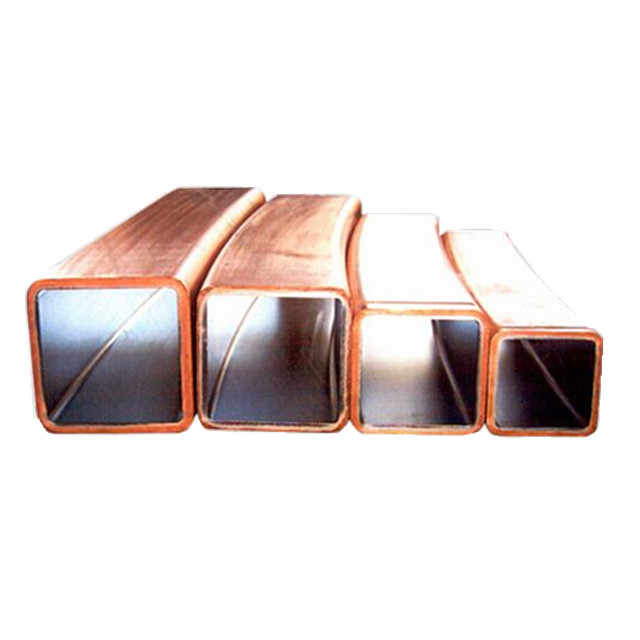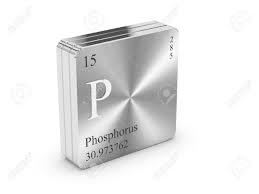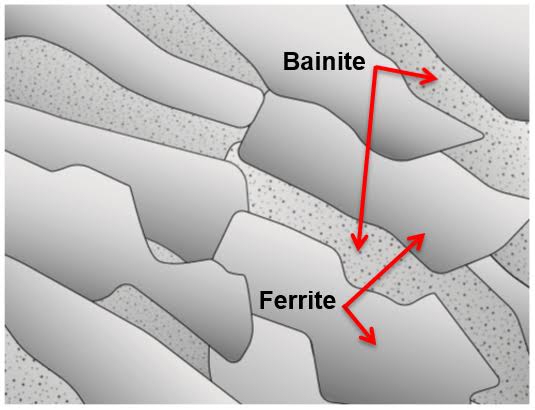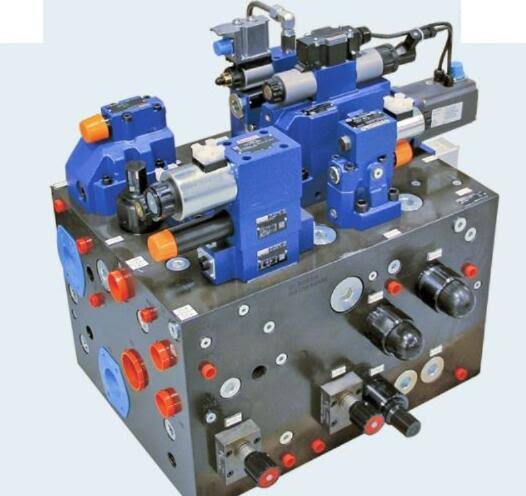When it comes to Continuous Casting Machines (CCM), selecting the right mold tube is crucial for ensuring high-quality output. The mold plays a significant role in the casting process, impacting the overall efficiency, productivity, and quality of the final product. In this article, we will discuss how to select the quality of mold for CCM, its advantages, and disadvantages. Join Meta TechX Engineers
The Importance of Mold Tube Quality
The quality of the mold directly affects the quality of the cast products. A well-designed and properly manufactured mold ensures a smooth and controlled flow of molten metal, resulting in uniform solidification and reduced defects. Choosing a high-quality mold helps in achieving consistent product dimensions, surface finish, and improved mechanical properties.
Factors to Consider Before Selecting a Mold
- Material: The choice of mold material is crucial as it determines the mold’s durability, resistance to wear and corrosion, and thermal properties. Common materials used for CCM molds include copper, copper alloys, and iron. Each material has its own set of advantages and considerations.
- Coating: Applying coatings on the mold surface can enhance its performance and extend its lifespan. Coatings like graphite, chrome, and ceramic help in reducing sticking, thermal fatigue, and improve resistance to thermal shock.
- Design: The mold design should facilitate efficient heat transfer, metal flow, and solidification. Factors to consider include the mold’s taper, entry angle, and the presence of cooling channels.
- Surface Finish: A smooth surface finish is essential to ensure the easy extraction of the solidified strand. It also helps in achieving a superior surface quality in the final product.
- Cost: Balancing the cost of the mold with the desired quality is important. Opting for a cheaper mold may result in inferior product quality and reduced productivity.
Advantages of High-Quality Mold Tube for CCM
- Consistency: A high-quality mold ensures consistent casting performance, reducing the variations in product dimensions and mechanical properties.
- Enhanced Product Quality: The use of a good mold minimizes defects like cracks, porosity, and surface imperfections, resulting in a higher-quality product.
- Longer Lifespan: Investing in a quality mold increases its durability, reducing the need for frequent replacements and saving costs in the long run.
- Improved Yield: A well-designed mold optimizes the metal flow and solidification process, contributing to higher yields and less material wastage.
- Reduced Downtime: Quality molds result in less downtime due to fewer instances of mold-related issues such as sticking or cracking.
Material Composition of Mold Tubes
- Graphite: Graphite is a widely used material in mold tubes due to its excellent heat resistance and lubricity. It acts as a protective layer between the molten steel and the mold tube, reducing friction and preventing excessive wear. The graphite content in mold tubes can vary, ranging from natural graphite to synthetic graphite with enhanced properties.
2. Refractory Material: To withstand the extreme temperatures involved in the casting process, mold tubes are often reinforced with refractory materials. These materials, such as alumina and zirconia, possess high melting points and excellent thermal stability. By incorporating refractory materials into the mold tube composition, manufacturers can enhance its heat resistance and prolong its lifespan.
3. Carbonaceous Additives: Carbonaceous additives, such as pitch and coke, are commonly included in mold tube compositions to improve their mechanical strength and resistance to thermal shock. These additives also contribute to the formation of a protective layer of carbon on the surface of the mold tube, further reducing wear and enhancing its longevity.
Disadvantages of Low-Quality Mold for CCM
- Increased Defects: Low-quality molds are more prone to defects, such as surface imperfections, cracks, and porosity, leading to a decrease in product quality.
- Diminished Lifespan: Inferior mold materials and construction result in a shorter lifespan, requiring more frequent replacements and maintenance.
- Inconsistent Performance: Low-quality molds can lead to variations in casting performance, resulting in inconsistent product dimensions and mechanical properties.
- Higher Production Costs: Dealing with the consequences of using low-quality molds, such as increased defects and rework, leads to higher production costs.
- Decreased Productivity: Frequent mold-related issues and the need for more frequent replacements can lead to significant downtime and reduced productivity.
Conclusion
Selecting the quality of Mold Tube for CCM is a critical decision that impacts the overall efficiency, productivity, and quality of the casting process. Considering factors such as material, coating, design, surface finish, and cost is essential in choosing a mold that meets the requirements of the specific casting application. Investing in a high-quality mold ensures consistent performance, improved product quality, longer lifespan, and reduced downtime, while avoiding the drawbacks of low-quality molds. With careful consideration and proper maintenance, a quality mold can contribute significantly to the success of CCM operations.




